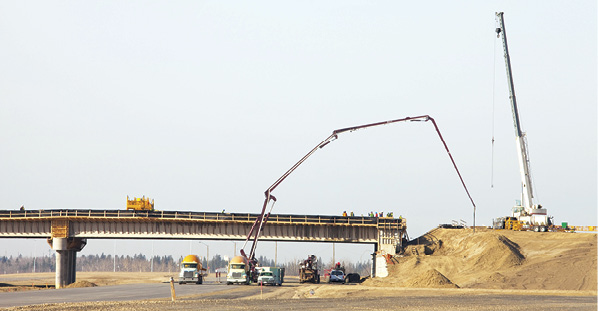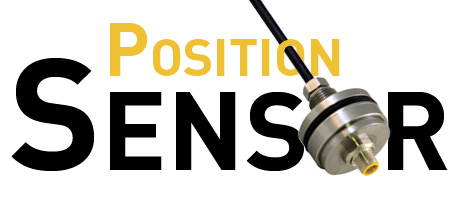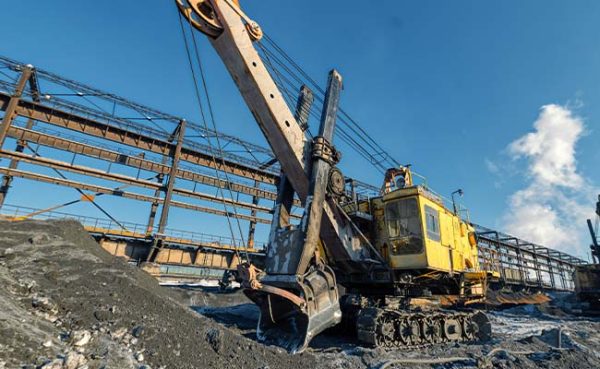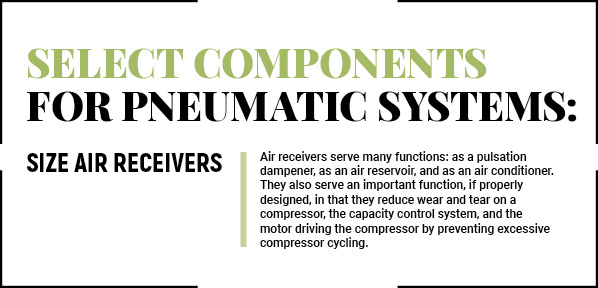The Little Leaks That Keep Men Poor
With more storm clouds appearing on the economic horizon, it’s now more important than ever that every dollar spent on operating and maintaining fluid power equipment is a dollar well spent. Furthermore, it’s imperative that the fluid power equipment you design, repair, or maintain doesn’t leak money.
Hydraulic systems are often considered perennial consumers of oil and in turn, make-up fluid is an inherent cost of operating hydraulic equipment. But to calculate the real cost of one or more “minor” leaks on a hydraulic machine, the expense associated with all of the following need to be considered:
- Make-up oil
- Clean-up
- Disposal
- Contaminant ingress
- Safety
Make-Up Oil
The cost of make-up oil should be the most obvious cost of hydraulic system leaks. I say “should be” because many hydraulic equipment users fail to consider the accumulative effect on the cost of one or more slow leaks over time.
Consider a piece of hydraulic equipment losing 0.5 cc of oil per minute. That’s 30cc per hour, and 720 cc over 24 hours – perhaps not a significant loss. But over a month this equates to 22 liters (263 liters over the course of a year). Assuming an oil cost of $3 per liter, the annual cost is around $800.
Clean-Up
Where there are oil leaks, there is almost always a clean-up cost to consider. Clean-up costs include
- labor;
- equipment required to empty sumps and drip trays, and degrease machine surfaces; and
- consumables such as detergents and absorbent material.
Assuming it costs $20 per week in labor, equipment, and consumables to clean up the piece of equipment discussed above, the annual clean-up bill totals more than $1,000.
Disposal
I can remember a time, not so long ago, when waste oil companies used to pay for the privilege of emptying waste oil tanks. These days they bill you to take it away. Environmentally acceptable disposal of waste oil and absorbent material containing waste oil costs money.
Assuming transport and disposal cost of $1 per liter, the annual disposal costs attributable to the leakage rate discussed above amounts to $263.
Contaminant Ingress
Where oil leaks out, contaminants such as air, particles, and water can get in. Costs to consider here include:
- component damage and fluid degradation as a result of contaminant ingress,
- downtime caused by equipment reliability problems, and
- removal of ingested contaminants.
Safety
In many situations, oil leaks can pose a safety hazard. Like the costs associated with contaminant ingress, the costs associated with the hazards posed by oil leaks are difficult to quantify—short of a lost time accident actually occurring. However, active management of the safety risk posed, through for example, more frequent clean-up than may otherwise be necessary, skews this cost to a quantifiable area.
Adding It Up
The annual cost of oil leaks on the hypothetical piece of hydraulic equipment considered above amounts to over $2,000 per year in make-up fluid, clean-up, and disposal costs alone. As you can see, if multiple pieces of hydraulic equipment are involved, the accumulative cost over an extended period of time can be significant.
But what about hydraulics’ fluid power cousin, pneumatics? One of the advantages that pneumatics has over hydraulics is its clean-ness. Trouble is, air leaks are much easier to ignore than oil leaks because they don’t draw attention to themselves in the same way. You don’t need to worry yourself with clean-up and disposal costs. Contaminant ingression is possible, but is generally not a major concern. And unless the leak is significant, safety is not usually a big issue either. So that leaves make-up fluid (air).
Make-Up Air
While air is free, clean and dry compressed air is not. In considering the cost of make-up air for a pneumatics system, the following need to be considered:
- Depreciation (wear and tear) of the compressor
- Conditioning costs: filtration, drying and lubrication
- Energy cost of compression
The ideal leakage rate is of course zero, but when calculating the free air delivery (FAD) required by a pneumatic system, a rule of thumb is to allow for leakage of 10% of total flow rate. Consider a 10 cubic meter/minute system leaking one cubic meter/minute. The power required to compress one cubic meter (35.3 cubic feet) of air per minute to a pressure of 6 bar (90 psi) is approximately 5.2 kW. At an electricity cost of $0.10/kWh, this leakage is costing over 50 cents per hour in energy costs alone. In a 24/7/365 operation, that amounts to $4500 per year!
Quantifying Losses
While a leakage rate of 10% of flow rate may sound high and would be unsustainable in a hydraulic system, air leakage rates as high as 25% are not unheard of, even in apparently well-maintained pneumatic systems. The actual leakage rate of a system can be calculated using the following formula:
QL = QC x t/(T + t)
Where:
QL = System leakage rate (cubic meters/minute)
QC = Compressor FAD (cubic meters/minute)
T = Time between compressor cut-out and cut-in (minutes)
t = Time between compressor cut-in and cut-out (minutes)
In a case study I read about recently, the pneumatic systems of two plants were surveyed for leaks using ultrasonic leak-detection equipment. In the first, a small plant, which took two hours to survey, 27 leaks were discovered. The calculated energy cost of these leaks was $9,000 per year. In the second, a much larger plant, which took two days to survey, 260 leaks where discovered. The calculated energy cost of these leaks was over $90,000 per year!
This amount of waste should never be allowed to occur, especially not in the current economic climate. Don’t let it happen on your watch.
About the Author
Brendan Casey is the founder of HydraulicSupermarket.com and the author of Insider Secrets to Hydraulics, Preventing Hydraulic Failures, Hydraulics Made Easy and Advanced Hydraulic Control. A fluid power specialist with an MBA, he has more than 20 years experience in the design, maintenance, and repair of mobile and industrial hydraulic equipment.
Visit his website: www.HydraulicSupermarket.com.







